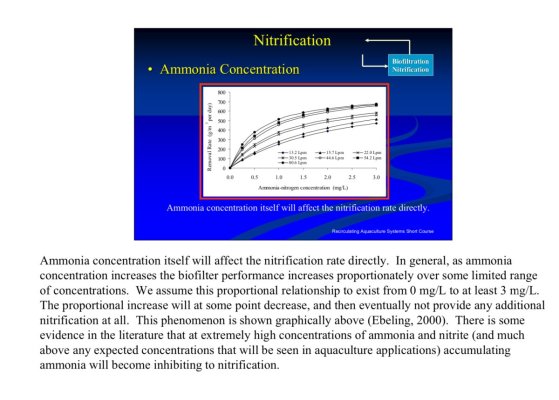- Joined
- Dec 28, 2016
- Messages
- 22,829
- Reaction score
- 21,964
I do not believe that @Dr. Reef would agree with you - but - there's thatThat's your default no thinking mode like when you trolled Tarichas prime thread for 22 pages, you always lead with that. Same thing when you trolled Dr Reefs thread from page 98 onward it's what u do.



















